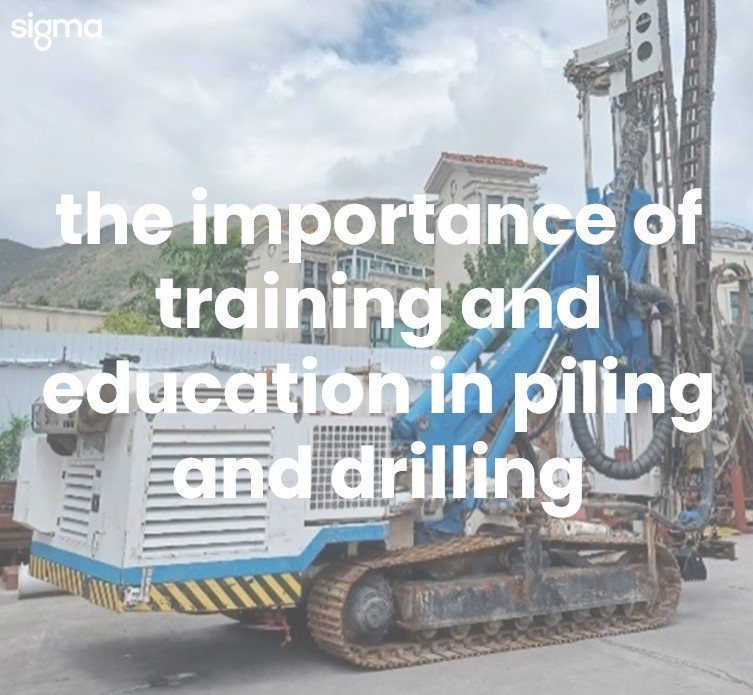
Introduction
In the world of construction and civil engineering, few tasks are as crucial and complex as piling and drilling. These techniques form the foundation, quite literally, for countless structures, from skyscrapers to bridges. As such, the individuals tasked with these operations must possess not only skill but also a deep understanding of the science and engineering behind them. This is where training and education play a pivotal role.
The Complexity of Piling and Drilling
Piling and drilling involve the process of creating foundational support for structures by inserting columns, piles, or shafts deep into the ground. These elements provide stability, distribute loads, and prevent settlement. However, the execution of these tasks goes far beyond mere manual labor. It requires a blend of technical knowledge, precision, and adherence to safety protocols.
The Need for Specialized Training
Given the intricate nature of piling and drilling, specialized training is essential for those involved in these operations. Such training encompasses various aspects, including:
- Technical Understanding: Workers need to comprehend soil mechanics, geotechnical engineering principles, and the behavior of different types of foundation materials. This knowledge forms the basis for making informed decisions during the construction process.
- Equipment Operation: Operating the heavy machinery involved in piling and drilling demands skill and familiarity. Training programs ensure that workers understand the functions of equipment such as drilling rigs, pile drivers, and excavation machinery, as well as safety procedures to prevent accidents.
- Safety Protocols: Construction sites can be hazardous environments, particularly when dealing with large machinery and deep excavations. Training in safety protocols is imperative to minimize risks and ensure the well-being of workers and bystanders.
- Environmental Considerations: Piling and drilling activities can have environmental implications, such as soil disturbance and groundwater contamination. Education on environmental regulations and best practices helps mitigate these effects and ensures compliance with legal requirements.
Advancements in Training Techniques
As technology continues to evolve, so too do the methods of training in the construction industry. Traditional classroom instruction is now supplemented with interactive simulations, virtual reality (VR) modules, and hands-on practical exercises. These immersive learning experiences not only enhance comprehension but also provide a safe environment for trainees to familiarize themselves with complex machinery and procedures.
Continuous Learning and Professional Development
The field of construction is dynamic, with new techniques, materials, and regulations constantly emerging. Therefore, education and training should be viewed as ongoing processes rather than one-time events. Professionals in piling and drilling must stay abreast of industry developments through seminars, workshops, and certification programs. By investing in continuous learning, individuals can expand their skill set, stay competitive in the job market, and contribute to safer and more efficient construction practices.
Conclusion
In the realm of construction, the significance of proper training and education cannot be overstated, especially in specialized areas like piling and drilling. Mastery of these techniques requires more than just physical prowess; it demands a deep understanding of engineering principles, meticulous attention to detail, and a commitment to safety and excellence. By prioritizing training and embracing lifelong learning, professionals in piling and drilling can build not only strong foundations but also successful careers.
Contact us with any enquiries!
T: +44 (0) 1642 206100
E: sales@sigmaplantfinder.com
Disclaimer: This blog post contains content generated by an artificial intelligence (AI) model. While we have made efforts to ensure the accuracy and quality of the information provided, it is important to note that AI-generated content may not always be error-free or fully aligned with current standards, regulations, or the latest research. We recommend using this information as a starting point for your research and analysis, but we strongly encourage you to verify the facts, consult experts, and cross-reference the content with trusted sources before making any decisions or drawing conclusions based on the information presented in this blog post. The views and opinions expressed in this content are not necessarily those of the blog's author or publisher, and we cannot be held responsible for any consequences that may arise from its use.
